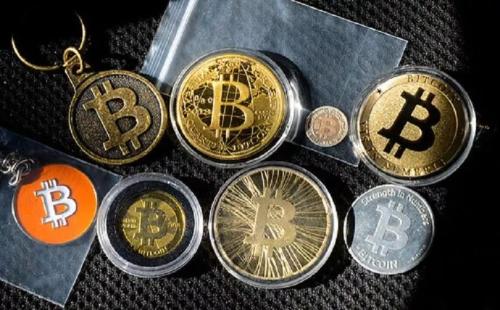Editor's Note: This article comes fromCrypto Valley Live (ID: cryptovalley)Editor's Note: This article comes from

Crypto Valley Live (ID: cryptovalley)
, Author: Andrew Gillick, Translation: Zoe Zhou, reprinted with authorization by Odaily.
In 2019, with the advent of Libra, Facebook's proposed global digital currency, even skeptical officials were forced to accept the existence of digital assets. In 2020, national and global regulators regard stablecoins as a regulatory focus, and have released various research reports on stablecoins in the past 12 months.
This article looks at the global regulatory landscape and identifies key regulators. Who are they? What is their current stance on stablecoins?
secondary title
structural change
In November, ECB President Christine Lagarde spoke of structural changes in the global economy in her first speech at the European Banking Conference in Frankfurt, alluding to blockchain and emerging technologies:
G20 agenda
The G20 summit held in Osaka, Japan in June 2019 also included digital assets on the agenda. In their statement, the G20 leaders acknowledged that blockchain technology could bring benefits to the global financial system and the wider economy. They reiterated that digital assets currently do not pose a threat to global financial stability. However, they recommend closely monitoring the development of digital currencies and constantly monitoring their potential risks.
In October 2019, the G20 Financial Stability Board sent a more urgent letter to G20 leaders about the potential threat to global stability from “global stablecoins.” The letter, sent after Facebook made an acquisition proposal for the Libra stablecoin, also acknowledged that "GSCs" could become systemically important and eventually even replace national currencies.
Meanwhile, the “Oracle Problem” in decentralized systems has yet to be solved. This dilemma describes a situation where the price supply depends on a third party to maintain a stable asset price with an external link. Late last year, Synthetix stablecoin SUSD was attacked by a trading bot. Using the oracle’s price feed, the bot issued more debt than collateral, bringing the stablecoin to the brink of bankruptcy.
The term "global stable currency" has popped up among regulators to describe digital currencies like Libra. These currencies, while not decentralized, have the potential for widespread adoption. A G7/BIS report on stablecoins concludes that “in addition to efforts to combat cross-jurisdictional money laundering and terrorist financing, GSCs can have significant negative impacts on the transmission of monetary policy and financial stability at home and abroad. .”
Meanwhile, the Chinese government appears to have changed its attitude towards blockchain. Officials announced that China will use the technology as a core strategic pillar of its future economy, saying China needs to make greater efforts on blockchain to gain an edge over other major countries.
secondary title
2019 Regulatory Statements and Publications Schedule
June: The Financial Action Task Force on Money Laundering (FATF) – Special Recommendations on Countering the Financing of Terrorism is recognized as the global Anti-Money Laundering (AML) and Countering the Financing of Terrorism (CFT) standard. It updated its framework on “Regulation of Digital Asset Service Providers (VASPs) for Anti-Money Laundering and Combating the Financing of Terrorism (AML/CFT), including licensed or registered VASPs, and effective monitoring or oversight system."
August: European Central Bank - The European Central Bank makes a rare technical white paper on stablecoins. “Uncertainty may hinder initiatives with clear governance frameworks despite a lack of regulatory scrutiny and endorsement,” the white paper concludes.
October: Financial Stability Board (FSB)/G20 – FSB Chairman Randal K. Quarles writes to G20 leaders of the G20: The introduction of “‘global stablecoins’ could present a host of challenges for the regulatory community , not least because of their potential to become systemically important, including as a possible substitute for national currencies.”





